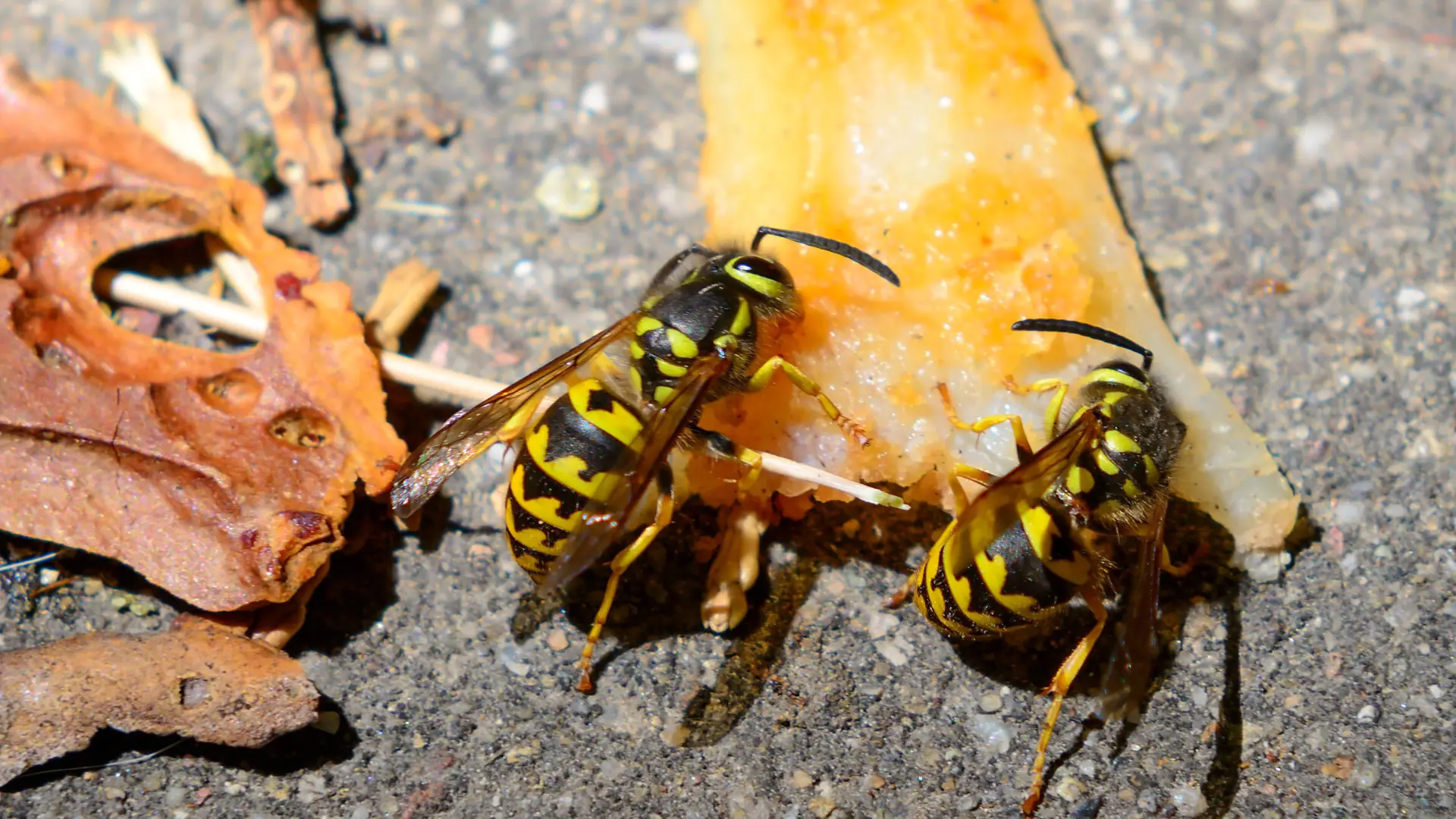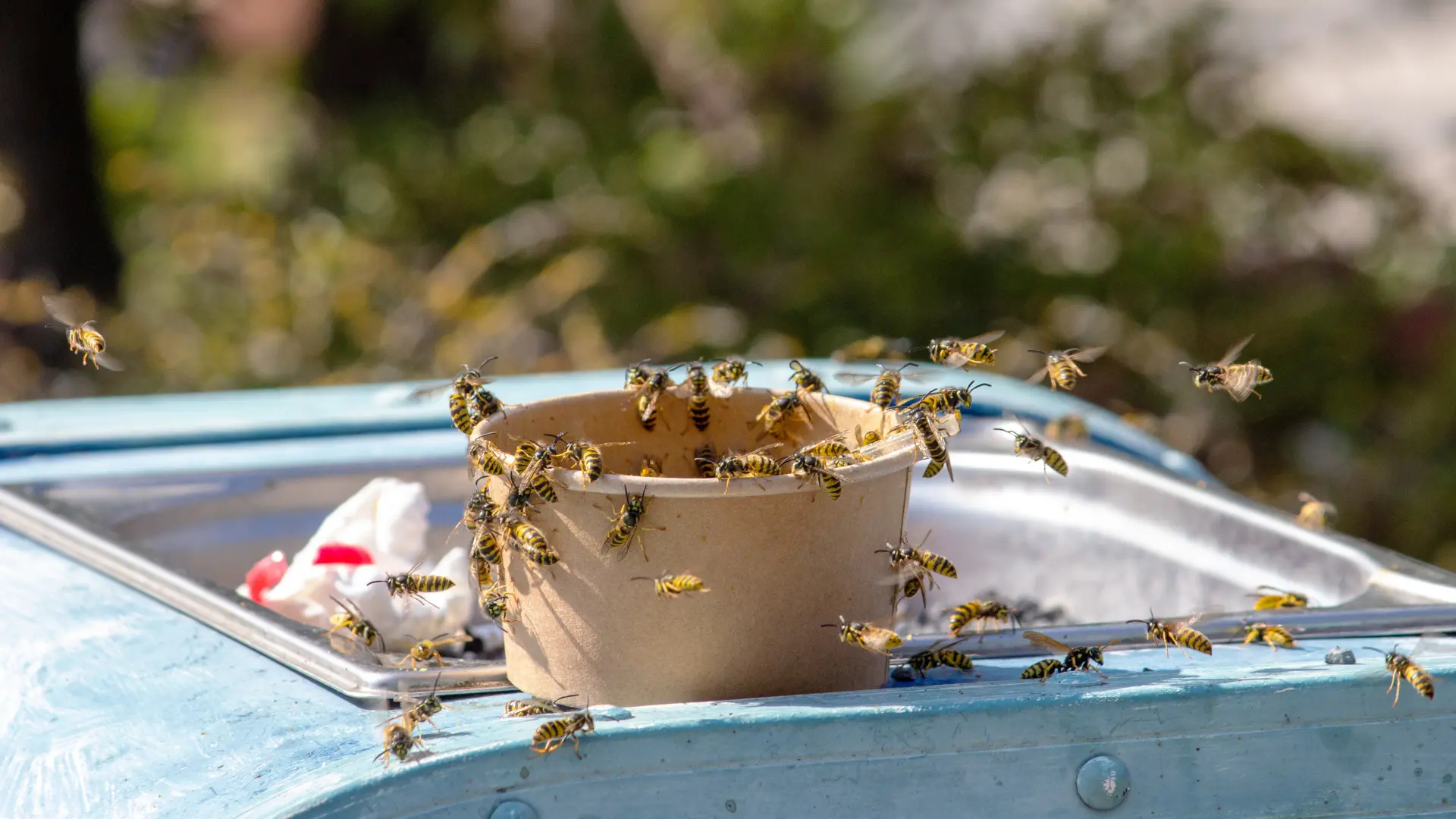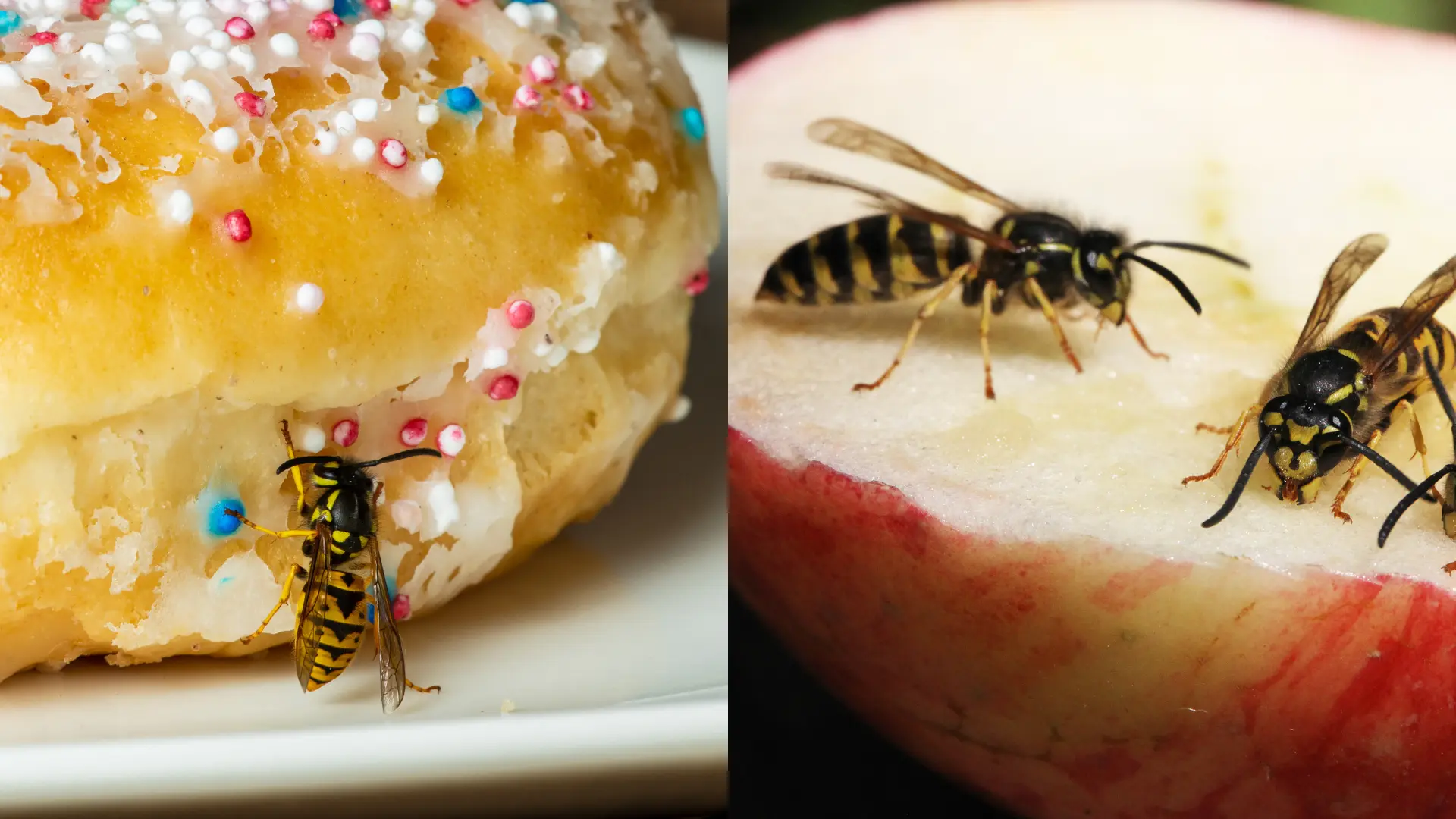What You Need to Know About Yellow Jackets and How to Manage Them
Understanding the Yellow Jacket
Yellowjackets are not just any ordinary wasps. These small, aggressive insects can cause substantial distress in gardens and outdoor settings. For gardeners and those keen on pest control, comprehending what attracts yellow jackets and how to manage them effectively is crucial.
This post will provide an in-depth look into the factors that lure yellow jackets, the dangers they present, and practical tips for prevention and removal.
By the end of this post, you'll have a clear understanding of yellow jackets, how to identify and manage them, and ways to ensure your outdoor areas remain safe and enjoyable.

Fruits, sweet drinks, and sugary or protein-based snacks are all favorites of the Yellow Jacket.
What Attracts Yellow Jackets?
Sweet Smells and Sugary Foods
Yellow jackets are notorious for their attraction to sweet scents. They gravitate towards sugary foods and beverages, making outdoor picnics and garden parties prime targets. Soft drinks, fruit juices, and sugary snacks can quickly draw yellow jackets to your vicinity. Additionally, decaying fruits or spilled drinks in your garden can serve as an unintended invitation for yellow jackets.
Protein Sources
In the early part of the season, yellow jackets primarily seek out protein sources. Yellow jackets eat insects, meat scraps, and pet food to nourish their young. If you have outdoor barbecues or leave pet food outside, you might find yellow jackets swarming around these protein-rich items.
Nesting Preferences
Yellow jackets are also attracted to sheltered, enclosed spaces for nesting. Most yellow jackets build their nests in hidden or protected areas such as eaves, attics, hollow trees, and underground burrows. Understanding their nesting preferences can help you identify and manage potential nest sites before they become a problem.

A Yellow Jacket nest in the ground.
Identifying Yellow Jackets and Their Nests
Recognizing Yellow Jackets
Yellow jackets are relatively small wasps with distinct black and yellow markings on their bodies and wings that fold laterally. Unlike bees, which are hairy and have a more robust build, yellow jackets are smooth and slender. They have a characteristic waist and long antennae, making them easy to distinguish from other wasps and bees.
Locating a Yellow Jacket Nest
Finding yellowjacket nests can be challenging as they are often built in concealed locations. Look for nests in shaded areas, under eaves, in wall voids, and beneath the ground. Some nests may also be built in bushes or trees. In the late summer, each yellow jacket nest may contain thousands of wasps.
On the ground, you may spot yellow jacket activity near the nest entrance. Signs of a yellow jackets' nest include increased insect activity and visible entry points.
Yellow Jackets Nest Identification
A Yellow jacket nest is constructed from a papery material made by chewing wood fibers mixed with saliva. These nests can vary in size, from small golf ball-sized structures to large basketball-sized colonies. Identifying these nests early can prevent larger infestations.

Yellow jackets can quickly swarm your food, especially if it has been left unattended.
The Dangers of Yellow Jackets
Aggressive Behavior
Yellowjackets are known for their aggressive behavior, especially when their nest is disturbed. Unlike bees, which can sting only once, yellow jackets sting multiple times. This makes them particularly dangerous when they feel threatened.
Allergic Reactions to Stings
For some individuals, yellow jacket stings can cause severe allergic reactions. Symptoms can range from mild swelling and redness to severe anaphylaxis, which requires immediate medical attention. It's essential to be aware of these risks, especially if you or someone in your household is allergic to insect stings.
Impact on Outdoor Activities
The presence of yellow jackets can significantly impact outdoor activities. Their aggressive nature and tendency to swarm around food make picnics, barbecues, and gardening less enjoyable. Managing yellow jackets effectively is key to reclaiming your outdoor spaces.

If you have sweet foods outside, cover them up when they are not being served or eaten.
Prevention and Management
Eliminating Sweet Smells
To prevent yellow jackets from being attracted to your garden, it's essential to eliminate sweet odors. Clean up food and drink spills promptly, remove fallen fruits, and cover garbage bins tightly. This will reduce the food sources that attract yellow jackets.
Sealing Entry Points
Seal any crevices, holes, or gaps in walls, doors, and windows to prevent yellow jackets from entering your home. Regularly inspect these areas and repair any damage to keep a yellow jacket infestation out. Installing screens on windows and doors can also help.
Using Natural Repellents
Natural repellents such as peppermint oil, clove, and lemon can deter yellow jackets. Spray these repellents around your garden and home to create a barrier that discourages yellow jackets from entering. These eco-friendly methods are safe and effective.
Yellowjacket Traps and Safe Removal
Types of Traps
There are various traps available to capture yellow jackets. Bait traps, water traps, and pheromone traps are common options. These traps work by using attractants to lure yellowjackets and capture them, reducing their population in your garden.
Effective Bait Options
Effective bait options for yellow jacket traps include sugary substances like fruit juice, soda, or jelly. Protein-based baits like tuna or cat food can also attract yellow jackets. It's essential to place traps away from human activity to avoid accidental stings.
Professional Pest Control
For larger infestations or if you are allergic to stings, it's best to seek professional pest control services for yellow jacket nest removal. Experts have the knowledge and equipment to remove yellowjacket nests safely and effectively. They can also provide long-term solutions to prevent future infestations.
Final Thoughts on Yellow Jackets
Understanding what attracts yellow jackets and how to manage them can make a significant difference in maintaining a safe and enjoyable garden. By eliminating sweet things, open cans, sealing entry points, and using natural repellents, you can reduce the risk of yellowjackets invading your space. Additionally, using traps and seeking professional help when needed ensures effective management.
If you've had experiences dealing with yellow jackets, we'd love to hear your stories and tips. Share your thoughts in the comments below. For more information on pest control and maintaining a healthy garden, explore our other articles and resources.
Keeping your garden or outdoor space yellowjacket-free is achievable with the right knowledge and approach!




